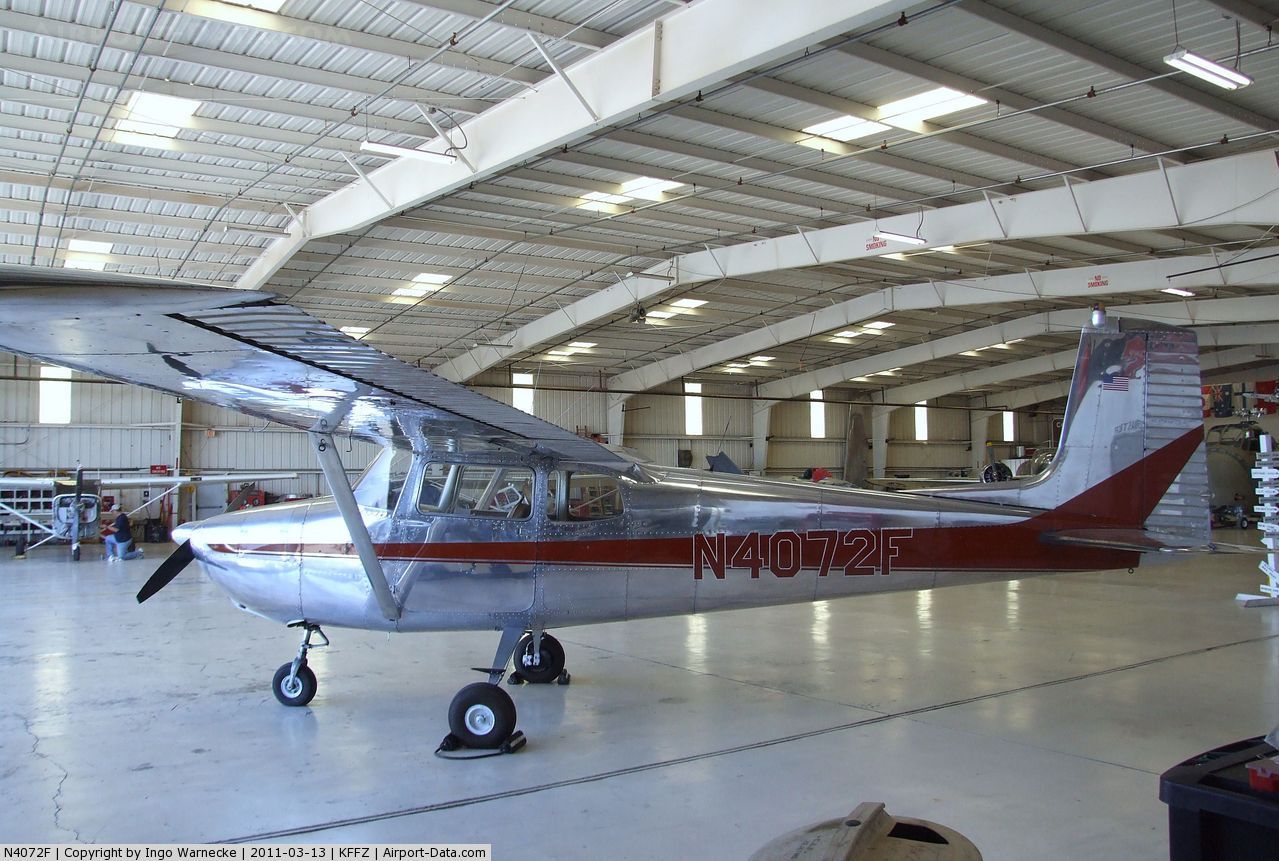When I was taking flying lessons, I joined the Cessna Diamond Club. That’s the group of pilots who have a perfect diamond-shaped scar on their foreheads from walking into the trailing edge of the wing, usually in preflight checklist haste. Every time I go into a small airport cafe, I scan the room for my brothers and sisters, deferentially nodding as our eyes meet. We are bonded by this experience, and by the knowledge that you have to go pretty deeply into aviation (or at least deeply into someone’s hangar) in order to be in the position to have that mark on your noggin. We wear it with pride.
It is in a similar spirit of commiseration and respect for bow re-hairers who have come before me that I introduce you to the most fearsome, vexing and unholy scrap of poplar (or sometimes basswood) you’ll ever meet:
The tip plug.
Gaze upon its unfathomable horror. See its trapezoidal shape and try to ignore the unnatural and perverse things one must do to attain it.
Bow hair is held in place by a tiny amount of melted something (I use a mixture of glue and crushed rosin, briefly passed through a flame to make it sticky) and a small chunk of wood that is carved to match the shape of the pocket. At the frog, the pocket is fairly rectangular, and you cut a parallelogram-shaped plug to hold the hair in place. Here’s a freshly shorn rental bow I’m working with. I cut the plug a few days ago and can re-use it so long as it retains its shape and I don’t savage it with a chisel or explode it with the Dremel when I remove it. Usually, this part is hidden by a mother-of-pearl slide and the ferrule/spread wedge.
Cutting the frog plug is not easy, but it’s a cheerful task that requires patience enough to start slightly too big and shave off only the tiniest curls of wood before jamming that sucker into the pocket. I’m not saying I’m great at it, but I don’t despair much.
Cutting the tip plug is the path to madness. It needs to be recut every time you rehair a bow, and each one is as unique as a snowflake. An evil, marauding snowflake that kills whatever it lands on. Here is an unusable and generally awful attempt I made this afternoon:
In order to even get to this meagre stage, I had to cut a rectangle, then shave off the edges to get the trapezoidal shape and then make refinements to accomodate the irregular shape of the pocket. Then I did the melty/gluey/whee fire! part and crammed the molten end in the pocket with a custom tool DP made me last week. Then I tried wiggling the plug into place. And it said no.
So I asked it again. This time with a bit of force.
And it said “Hell no.”
So I shaved off one side, just a little. It was a friendly suggestion. A helpful thought. A nice thing to do.
It said “Kiss my ass.”
So I took to it with the flat side of my knife, rocking side to side just like DP showed me. Then there were creaking sounds. I stopped.
As I lifted the knife, the plug popped out in adolescent rebellion and immediately blended into the 47 other almost correctly-sized cuttings on my desk.
One imagines wild and rhapsodic things when trying to cut a tip plug.
Maybe I’ll invent some magic resin/epoxy that molds perfectly to the shape of the pocket!
Hmm. Is there softer wood to use? Like, so soft I could just push any shape in? That would be cool. *drinks Scotch*
I wonder what this would sound like if I hit it with a ball-peen hammer.
I shall introduce legislation requiring that bow pockets all be the same size.
I just hit myself with the ball-peen hammer, and it was actually a little bit fun.
In the end, I know this is like anything else worth doing. It takes time and practice. I’m lucky to have a supportive family of people at Potter dutifully enduring my muffled profanity from the back of the shop, especially DP, Kate and Jerry. Like seasoned pilots with the faintest diamonds outlined on their foreheads, they assure me that this is part of my initiation. To struggle at length is to know something deeply.
Oh, and no worries if you’re a Potter client. My hands won’t go near your beloved bow for a while yet. Until then, my dreams will be the usual mix of sports, tidal waves, scenes from high school, and the cruel, strange shape some innocuously refer to as a trapezoid.
Ridiculously well-maintained 172 photo courtesy of AirportData.






One Response
When a rectangular pyramid is cut parallel to its base, the pyramid is cut into an upper part, which is just another pyramid and a lower part, which is the solid you are working with and is called a frustum.
Given the frustration that this process seems to be causing, you might enjoy knowing the technical name for this solid.
Or, maybe not 🙂 But you’ll earn geek points for using it correctly in a conversation – something you have the context to do at this point.